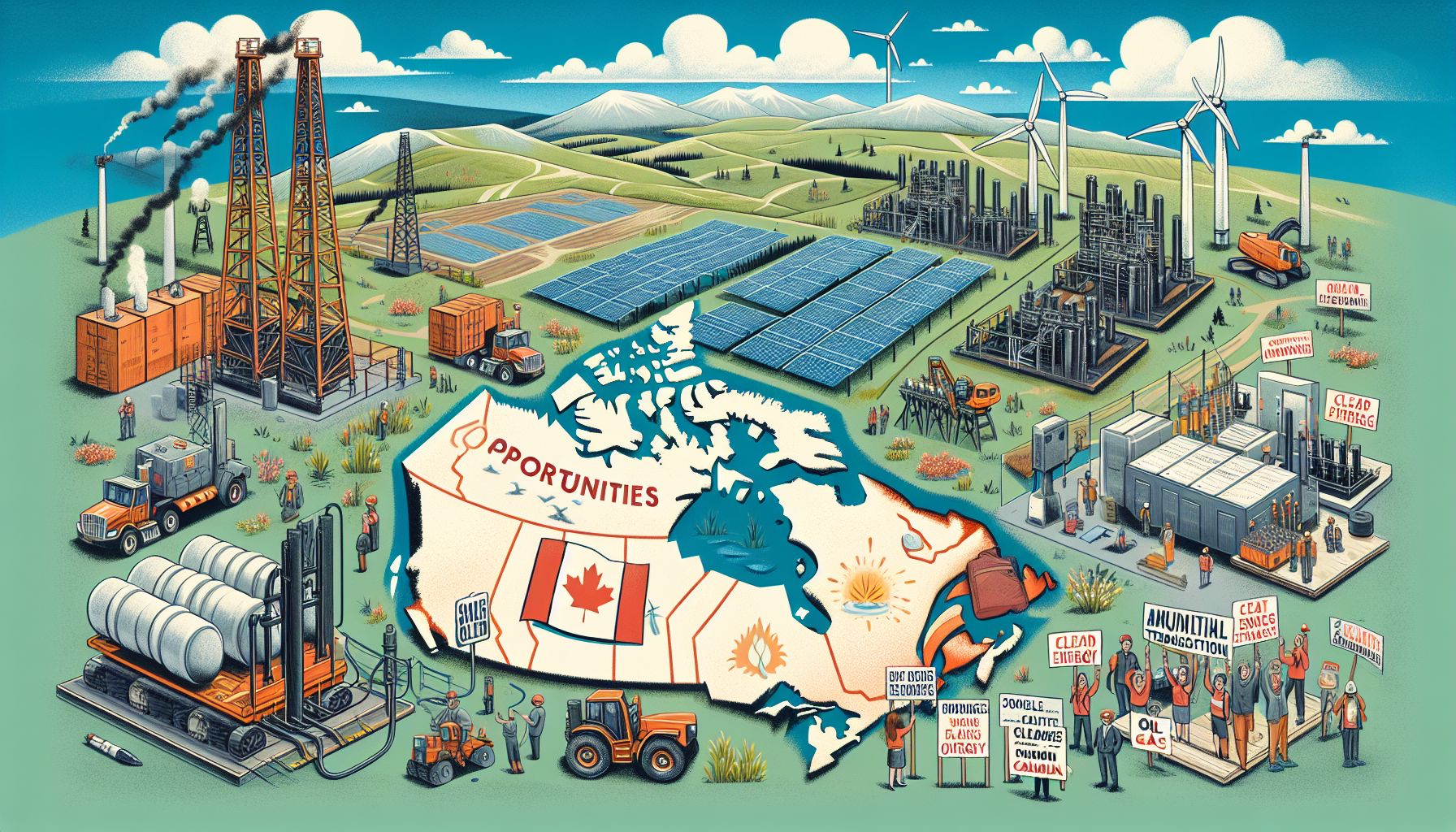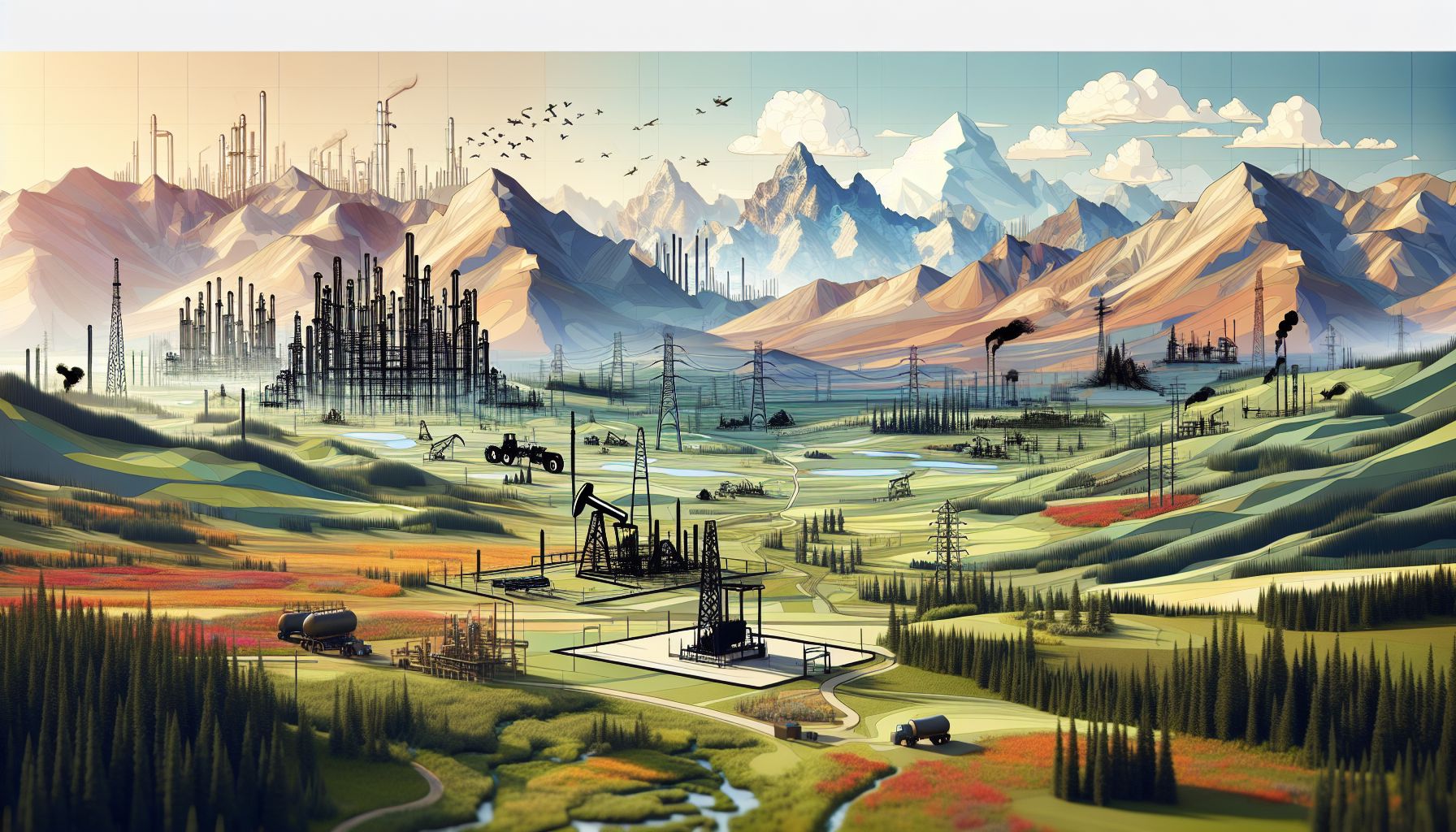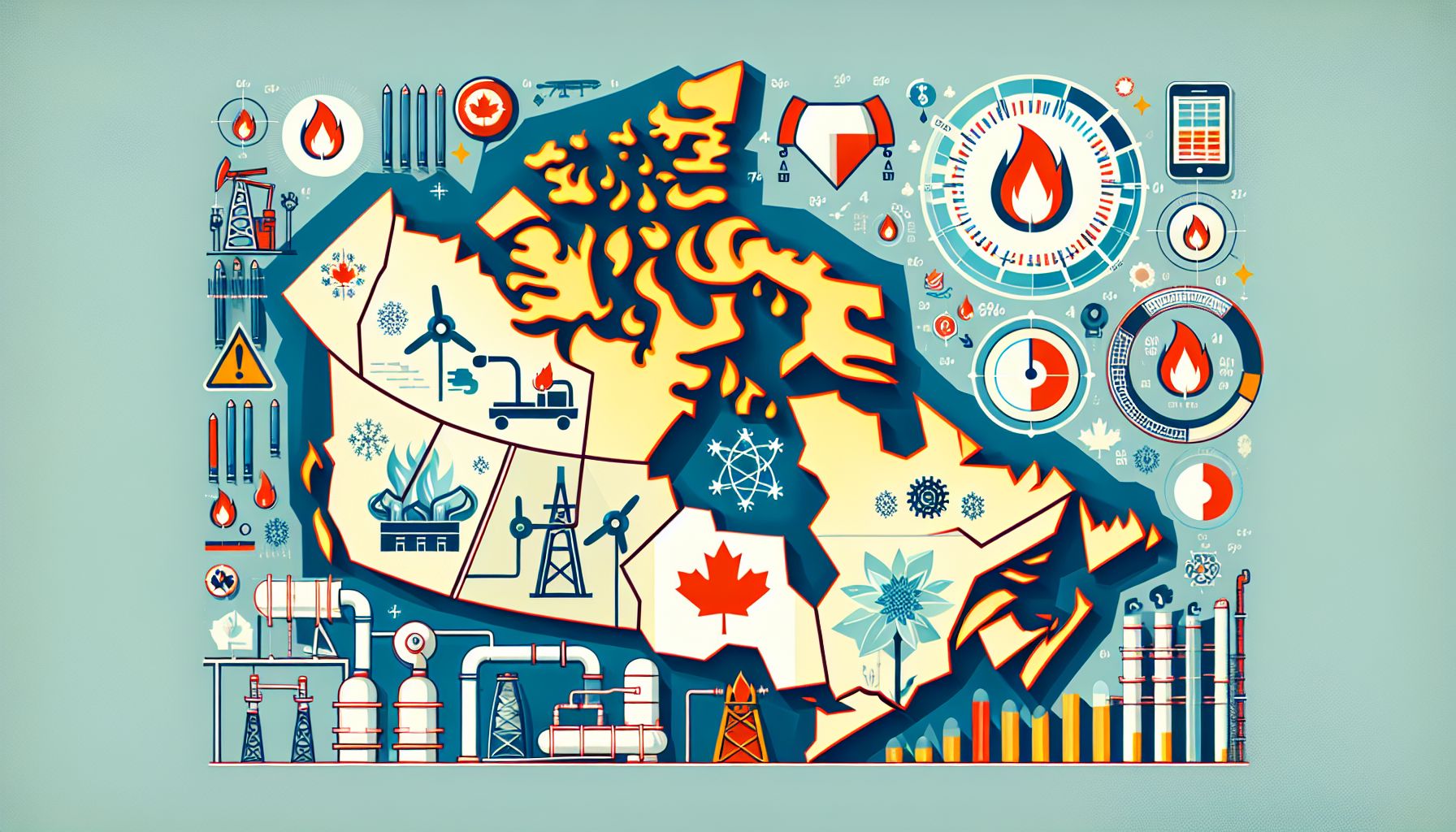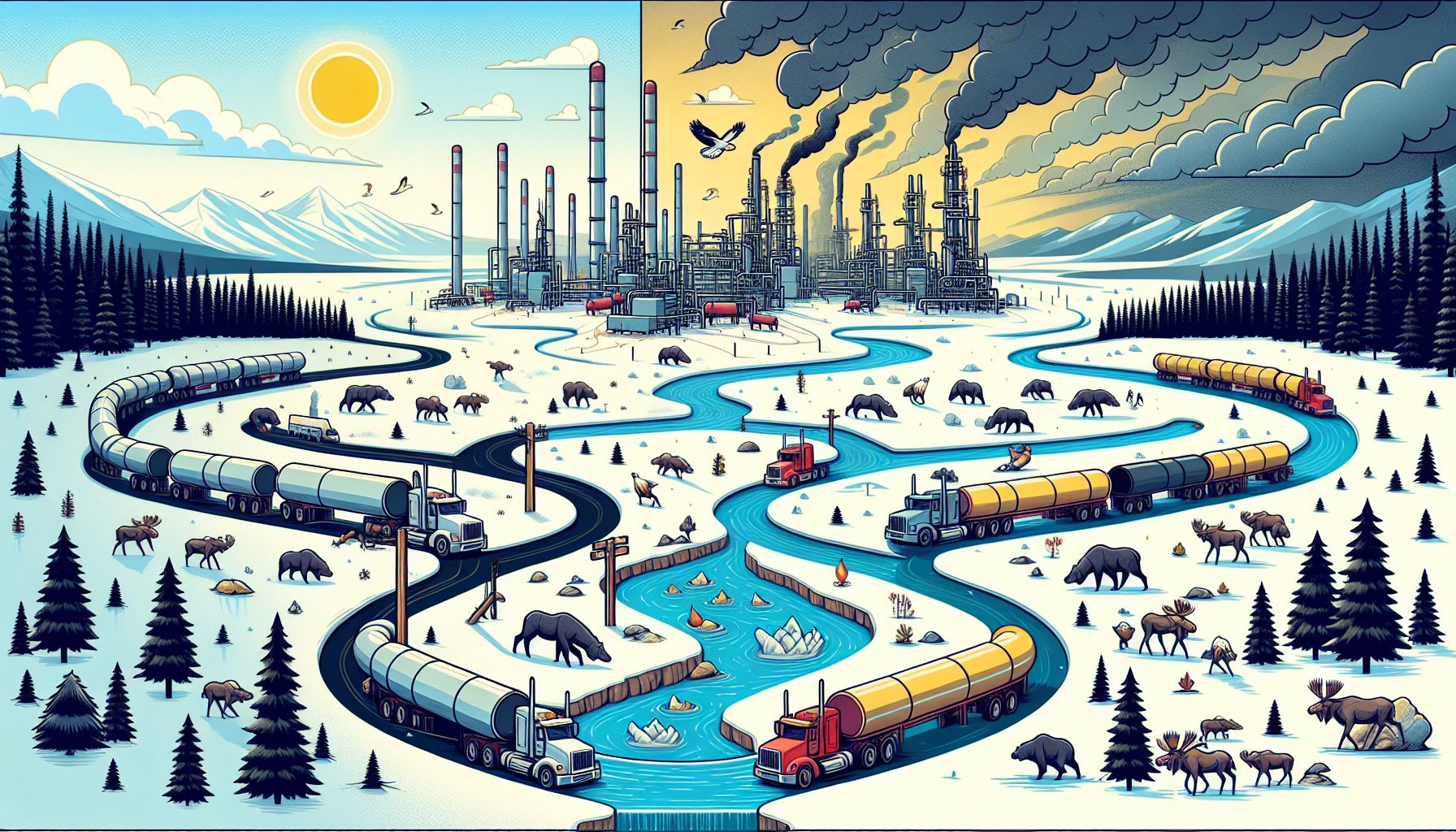The oil and gas industry in Canada has long been a major player in the country’s economy, contributing significantly to both GDP and employment. However, in recent years, the sector has faced a number of challenges that have raised questions about its future. From low oil prices to environmental concerns, the industry is at a crossroads.
One of the biggest challenges facing the oil and gas industry in Canada is the price of oil. With global production at an all-time high and demand slowing down, prices have plummeted, putting pressure on companies and causing layoffs in the sector. This has had a ripple effect on the Canadian economy, leading to decreased government revenues and a slowdown in economic growth.
In addition to the price of oil, the industry is also facing increasing scrutiny over its environmental impact. Concerns about climate change and the role of fossil fuels in exacerbating the problem have led to calls for stricter regulations on emissions and a transition to cleaner sources of energy. This has put pressure on oil and gas companies to reduce their carbon footprint and invest in renewable energy technologies.
Despite these challenges, the oil and gas industry in Canada also presents opportunities for growth and innovation. With abundant natural resources and a skilled workforce, the sector has the potential to lead the way in technological advancements and sustainable practices. From investing in alternative fuels to developing carbon capture and storage technologies, there are many ways that companies can adapt to a changing energy landscape.
One area of particular interest is the potential for increased collaboration between the oil and gas industry and other sectors, such as renewable energy and technology. By working together to develop new solutions and approaches, companies can leverage their expertise and resources to drive innovation and create a more sustainable future.
Overall, the oil and gas industry in Canada is at a critical juncture. While facing challenges from low oil prices and environmental concerns, there are also opportunities for growth and innovation. By investing in new technologies and practices, companies can position themselves for success in a rapidly changing energy landscape.
In conclusion, the oil and gas industry in Canada is facing challenges but also presents opportunities for growth and innovation. By addressing environmental concerns and investing in new technologies, companies can adapt to a changing energy landscape and continue to play a key role in the country’s economy. It will be interesting to see how the sector evolves in the coming years and what impact it will have on Canada’s overall energy strategy.




